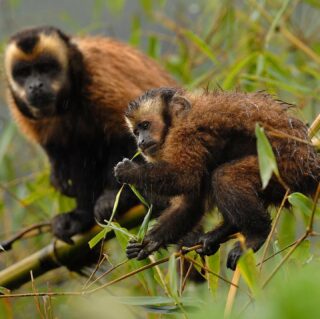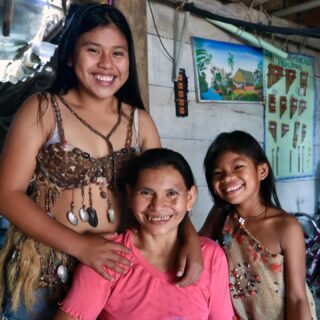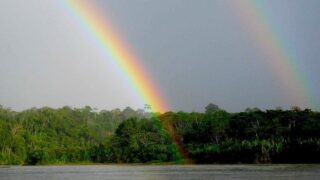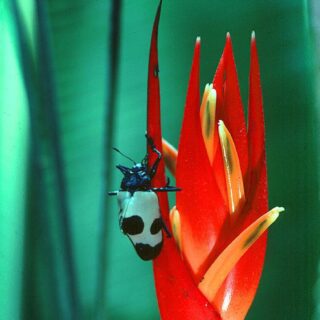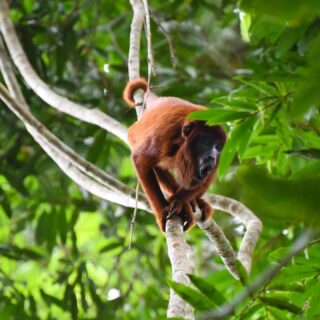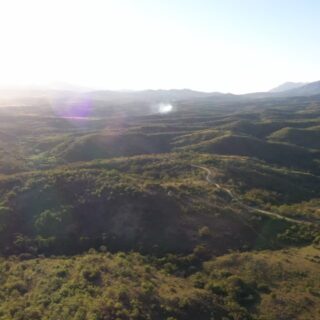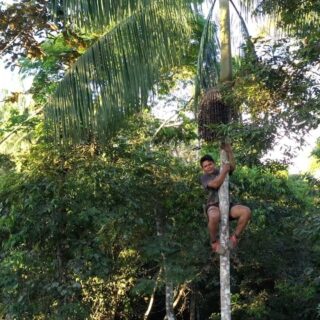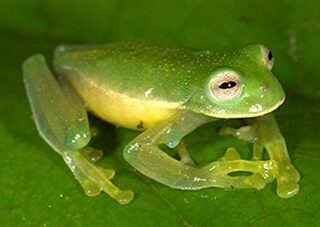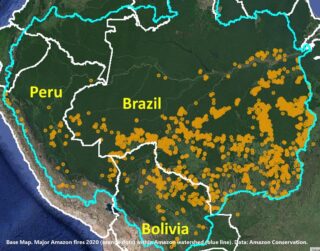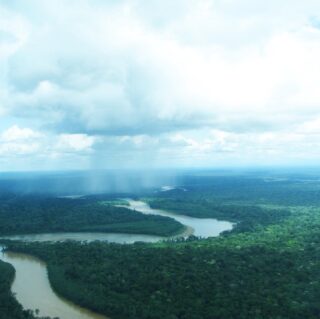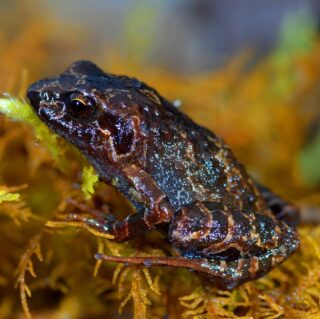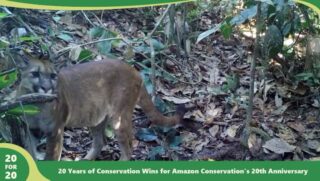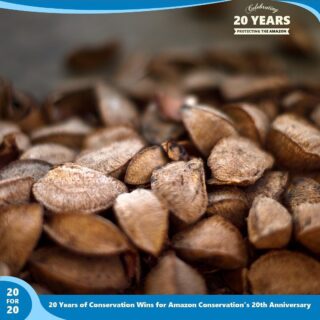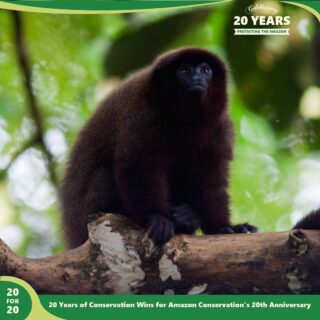With a chicken-like appearance and terrestrial behavior, tinamous are by far some of the most common and unique birds at Los Amigos. Undulated tinamous roam around the station searching for their most delicious prey such as insects, seeds and fruits. But undulated tinamous are not the only species inhabiting Los Amigos forest. Despite their highly camouflaged plumage and lack of flight capabilities, they are definitely a group that captures the attention of any birder or naturalist. Here we tell you why!
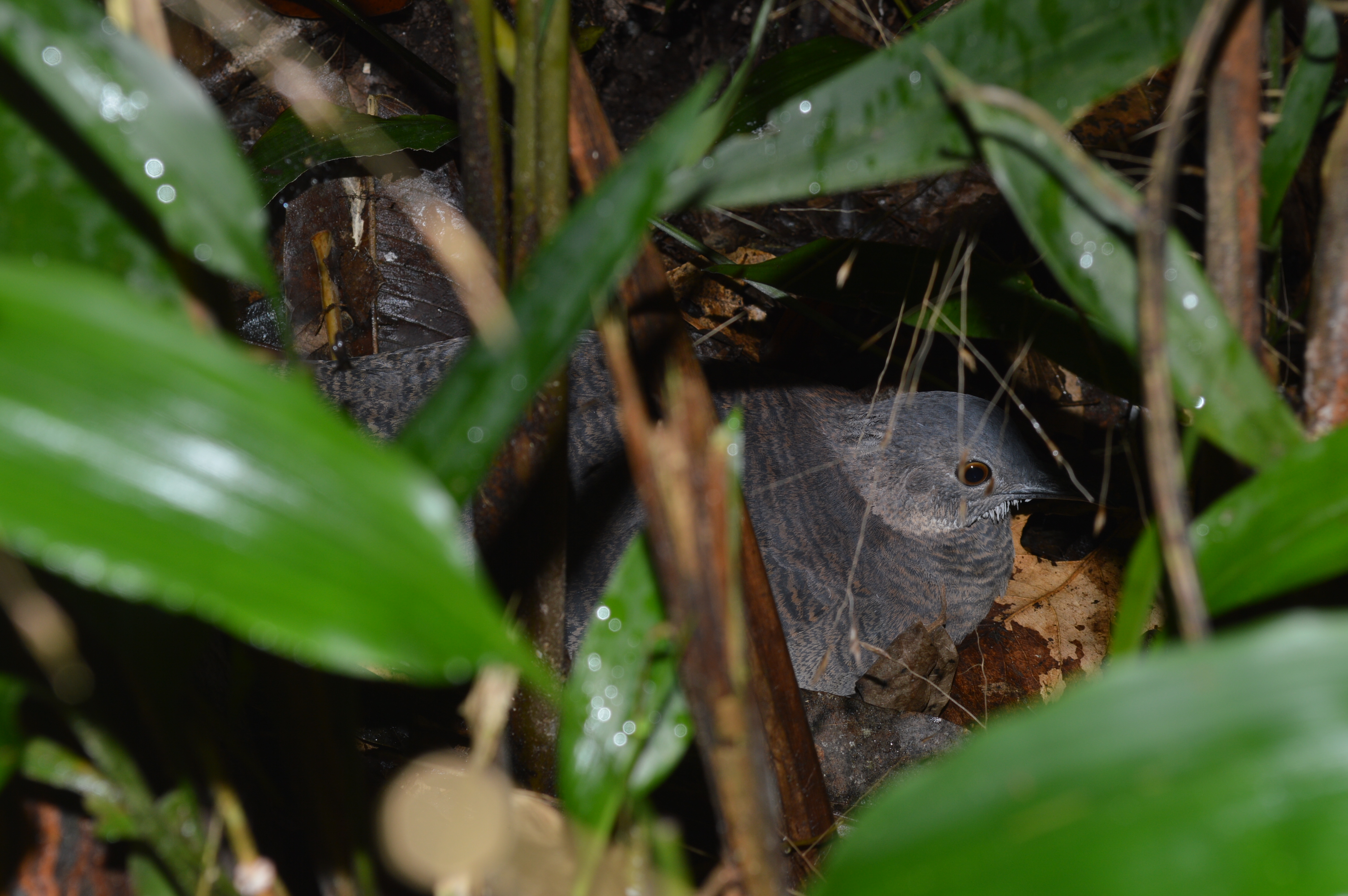 Tinamous (Family Tinamidae) are a group of ground-dwelling birds distributed from central Mexico to southern Argentina. There are 47 tinamou species throughout the Neotropics, but it is in the southwestern Amazon where they reach their peak in diversity. Los Amigos harbors eleven of the 47 species, from the largest Great tinamou, to the tiny Little tinamou, and others such as Gray tinamou, White-throated tinamou, Cinereous tinamou, Brown tinamou, Undulated tinamou, Brazilian tinamou, Black-capped tinamou, Variegated tinamou, and Barlett’s tinamou. But what is interesting about these birds and why biologists should consider conducting more studies on this group? The answer is that tinamous are naturally rare birds; few studies have focused on them even though they are highly vulnerable to hunting and deforestation.
Tinamous (Family Tinamidae) are a group of ground-dwelling birds distributed from central Mexico to southern Argentina. There are 47 tinamou species throughout the Neotropics, but it is in the southwestern Amazon where they reach their peak in diversity. Los Amigos harbors eleven of the 47 species, from the largest Great tinamou, to the tiny Little tinamou, and others such as Gray tinamou, White-throated tinamou, Cinereous tinamou, Brown tinamou, Undulated tinamou, Brazilian tinamou, Black-capped tinamou, Variegated tinamou, and Barlett’s tinamou. But what is interesting about these birds and why biologists should consider conducting more studies on this group? The answer is that tinamous are naturally rare birds; few studies have focused on them even though they are highly vulnerable to hunting and deforestation.
Compared to other Neotropical birds, tinamous have two very interesting facts: males perform parental care and the females lay exceptionally colorful eggs. Predation is one of the main causes of nest failure, thus having a direct impact on birds’ life history. In order to minimize nest failure by a predator’s visual, auditory or chemical cues, the vast majority of birds have evolved camouflaged plumage, build camouflage nests, and/or lay camouflaged eggs. The reason being that cryptic eggs are exposed to less predation risks than non-cryptic eggs, particularly for ground-nesting birds, such as tinamous. However, tinamous are an exception, laying eggs that range from bright blue green, to chocolate brown, violet and light pink colors, most of which have a glossy appearance, making the eggs stand out rather than blend with its surroundings.
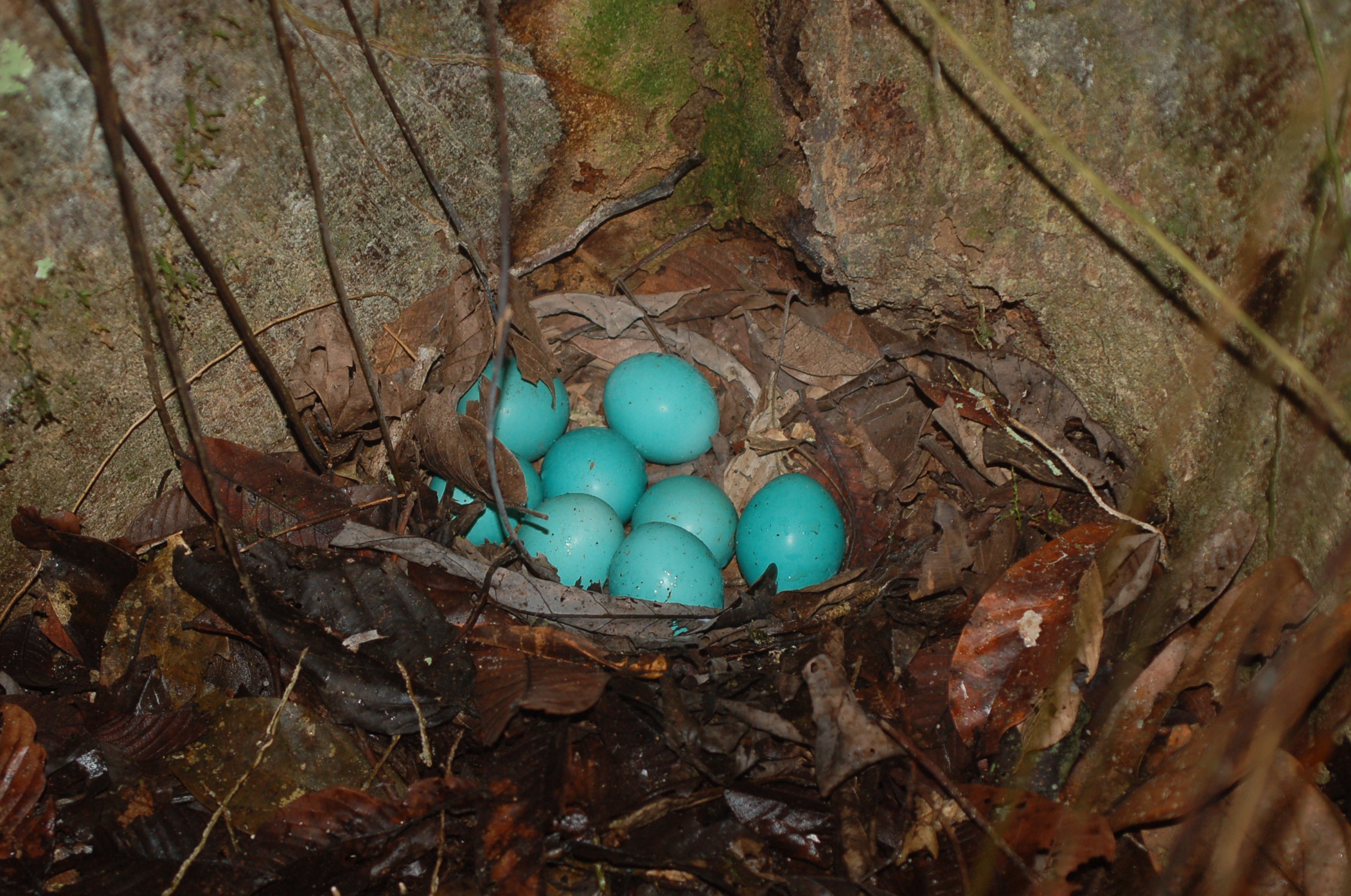
Brennan (2010) aimed to understand the predation of great tinamou clutches and tried to explain why tinamou eggs are not camouflaged. For instance, Great tinamous lay large turquoise colored eggs in nests that are located on top of brown leaf litter, thus making them easy to see! Male tinamous are in charge of egg incubation, incubating almost uninterruptedly, and take care of the precocial offspring. After monitoring the nests through video cameras and egg-exchange experiments to collect DNA, Brennan found that there was a significantly higher risk of predation during incubation than during egg laying. This suggests that rather than using the egg cues (i.e. bright coloration), predators use cues from incubating males to locate clutches. High levels of nest attendance from male tinamous could possibly lead to a reduced selection for egg camouflage, thus allowing this particular trait to evolve over time and perhaps making it worthy for other functions.
Want to know more about tinamous? Make sure to keep reading #LosAmigosBirdObservatory posts on Facebook for future research updates!
For more references:
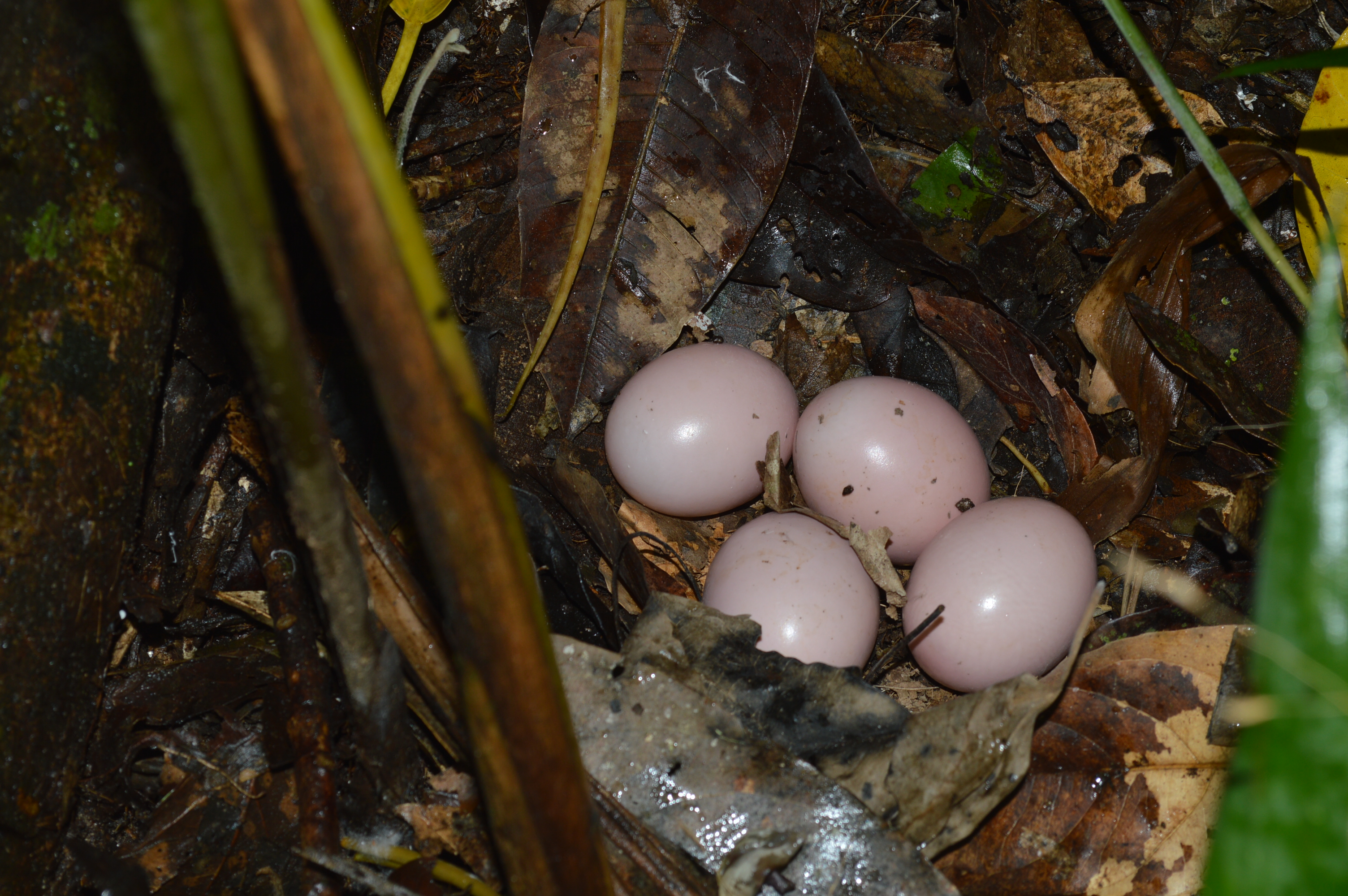 Brennan, P. 2010. Clutch predation in great tinamous Tinamus major and implications for the evolution of egg color. Journal of Avian Biology 41: 1-8. doi: 10.1111/j.1600-0587.2010.04999.x
Brennan, P. 2010. Clutch predation in great tinamous Tinamus major and implications for the evolution of egg color. Journal of Avian Biology 41: 1-8. doi: 10.1111/j.1600-0587.2010.04999.x
Cabot, J. 1992. Family Tinamidae (tinamous). Pp. 112–138 in del Hoyo, J., A. Elliott, & J. Sargatal (Eds.). Handbook of the birds of the world. Volume 1: Ostrich to ducks. Lynx Edicions, Barcelona, Spain.
Davis, S. J. J .F. 2002. Ratites and tinamous. Oxford University Press. New York, New York.
Schelsky, W. M. 2004. Research and conservation of forest-dependent tinamou species in Amazonia, Peru. Ornitologia Neotropical 15: 317-321.

 Tinamous (Family Tinamidae) are a group of ground-dwelling birds distributed from central Mexico to southern Argentina. There are 47 tinamou species throughout the Neotropics, but it is in the southwestern Amazon where they reach their peak in diversity. Los Amigos harbors eleven of the 47 species, from the largest Great tinamou, to the tiny Little tinamou, and others such as Gray tinamou, White-throated tinamou, Cinereous tinamou, Brown tinamou, Undulated tinamou, Brazilian tinamou, Black-capped tinamou, Variegated tinamou, and Barlett’s tinamou. But what is interesting about these birds and why biologists should consider conducting more studies on this group? The answer is that tinamous are naturally rare birds; few studies have focused on them even though they are highly vulnerable to hunting and deforestation.
Tinamous (Family Tinamidae) are a group of ground-dwelling birds distributed from central Mexico to southern Argentina. There are 47 tinamou species throughout the Neotropics, but it is in the southwestern Amazon where they reach their peak in diversity. Los Amigos harbors eleven of the 47 species, from the largest Great tinamou, to the tiny Little tinamou, and others such as Gray tinamou, White-throated tinamou, Cinereous tinamou, Brown tinamou, Undulated tinamou, Brazilian tinamou, Black-capped tinamou, Variegated tinamou, and Barlett’s tinamou. But what is interesting about these birds and why biologists should consider conducting more studies on this group? The answer is that tinamous are naturally rare birds; few studies have focused on them even though they are highly vulnerable to hunting and deforestation.
 Brennan, P. 2010. Clutch predation in great tinamous Tinamus major and implications for the evolution of egg color. Journal of Avian Biology 41: 1-8. doi: 10.1111/j.1600-0587.2010.04999.x
Brennan, P. 2010. Clutch predation in great tinamous Tinamus major and implications for the evolution of egg color. Journal of Avian Biology 41: 1-8. doi: 10.1111/j.1600-0587.2010.04999.x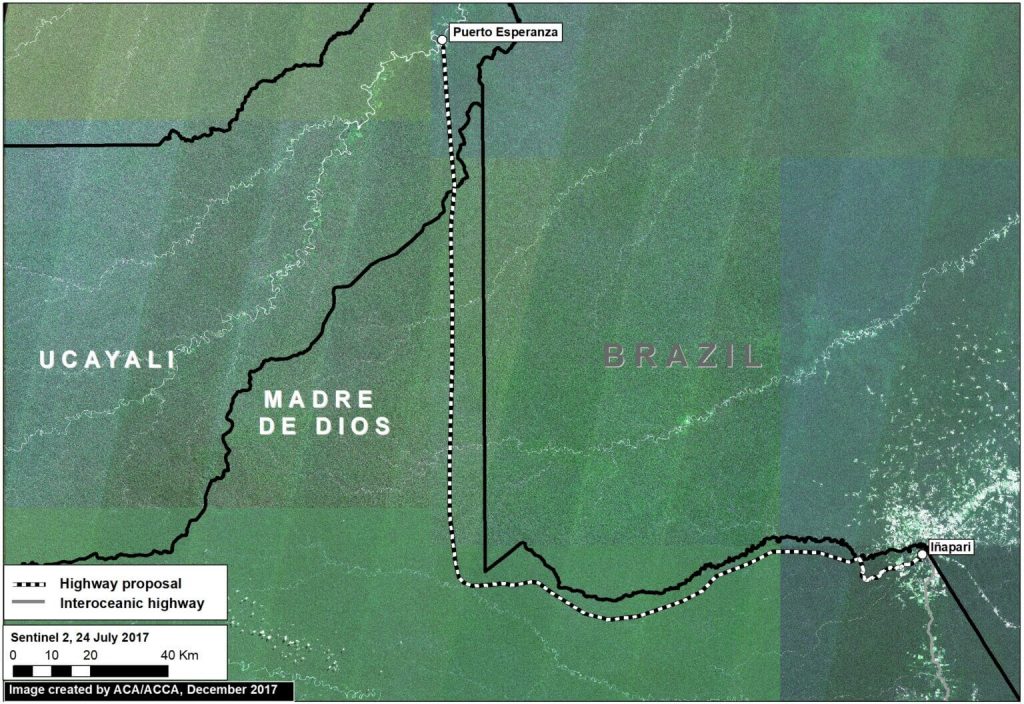
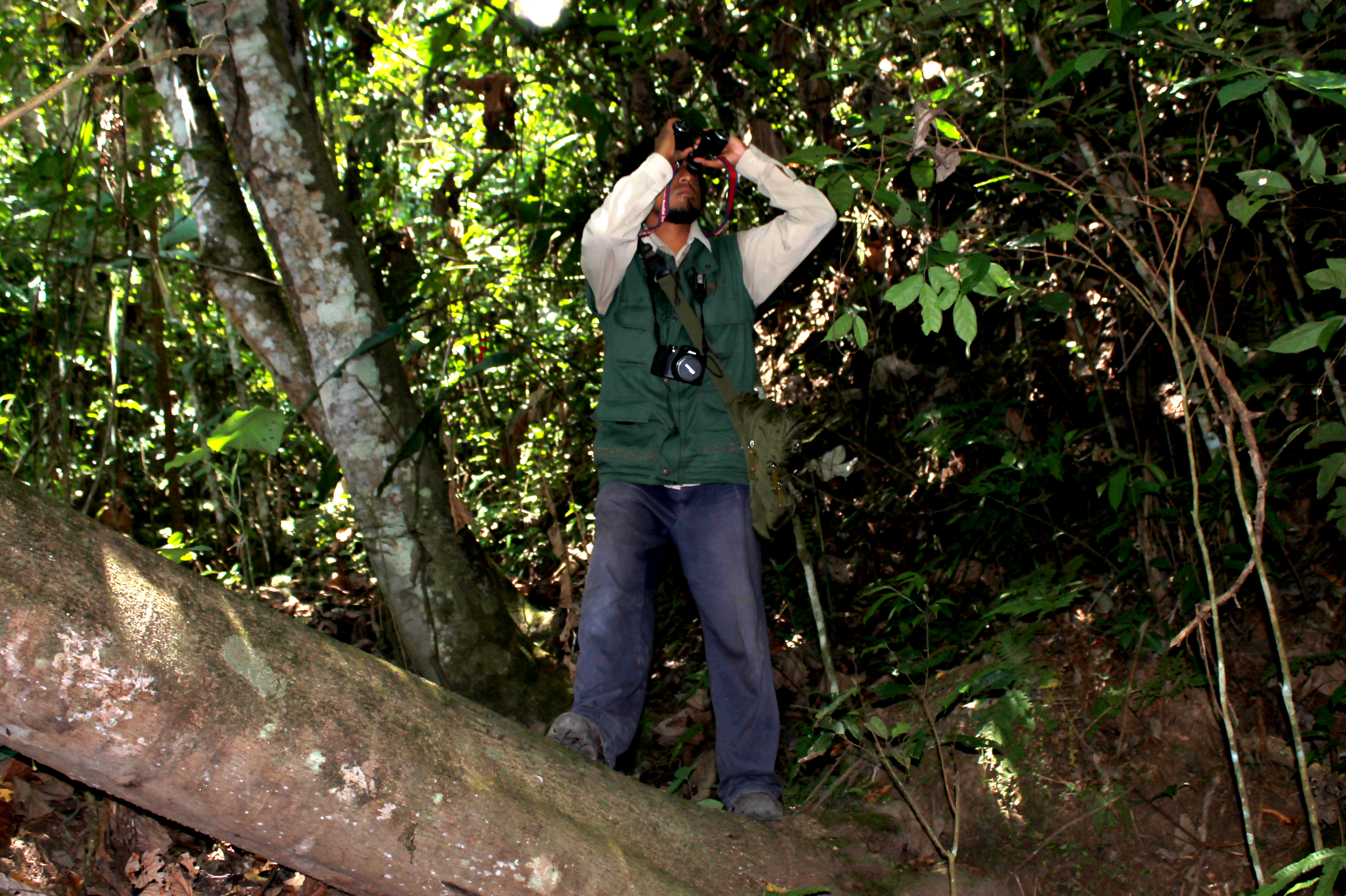
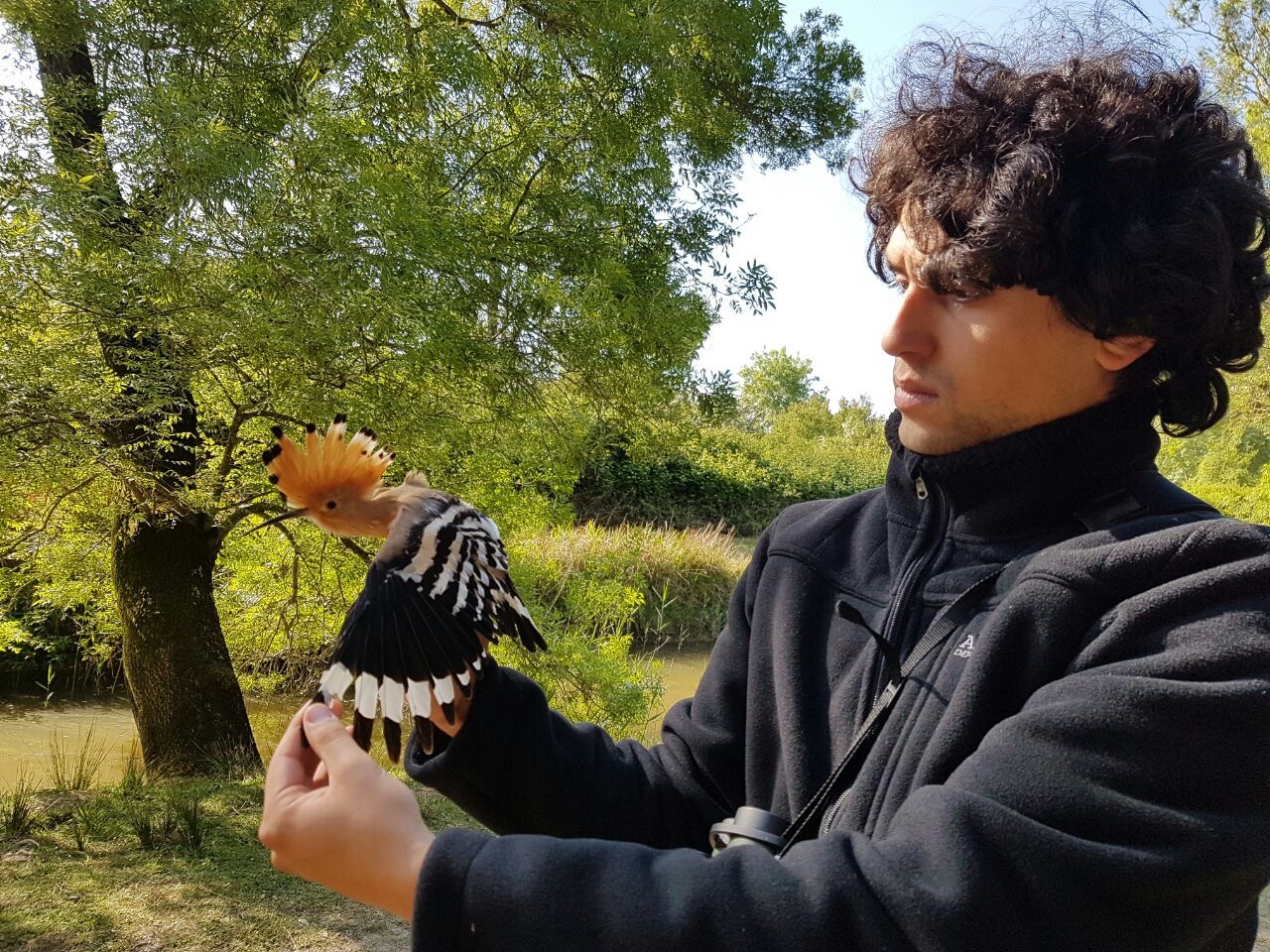

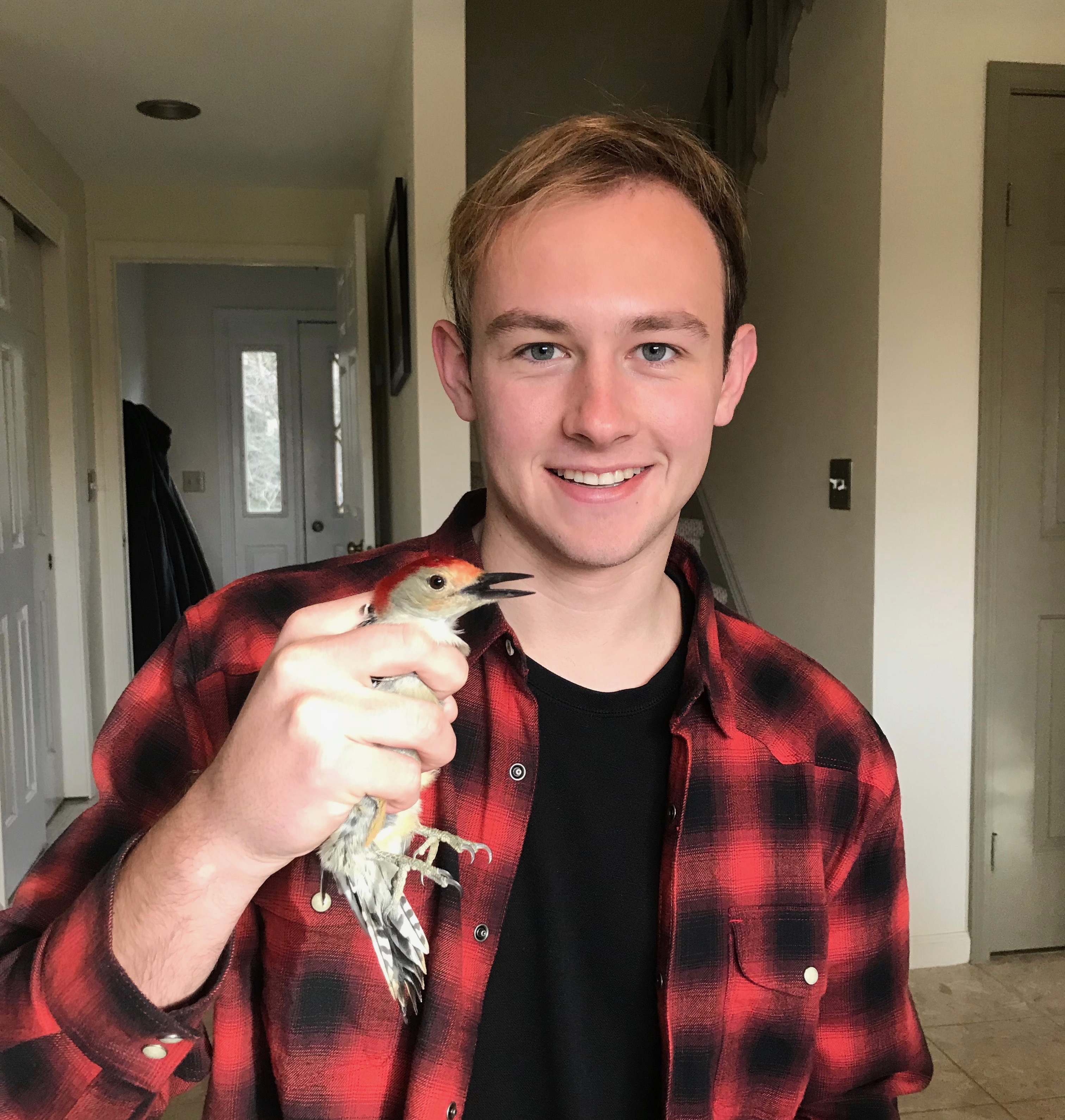
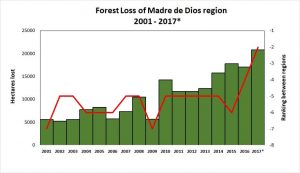
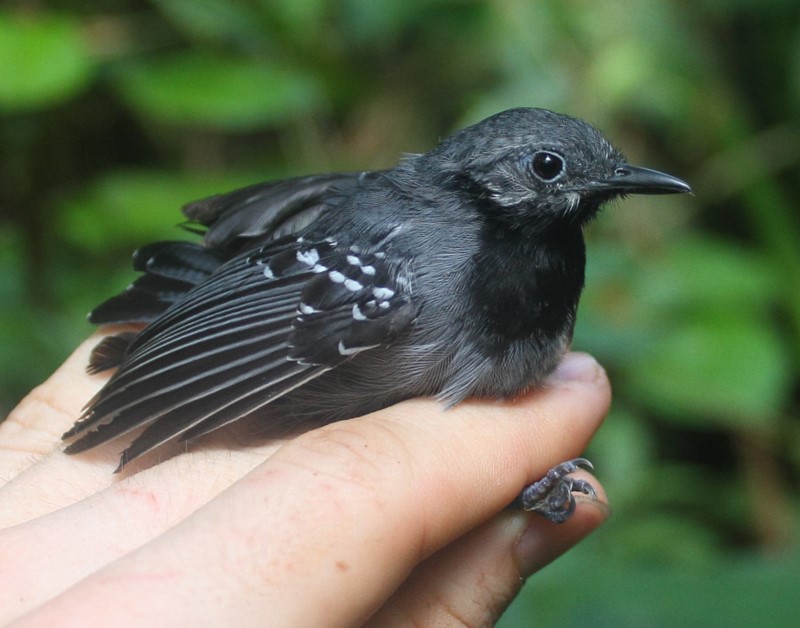
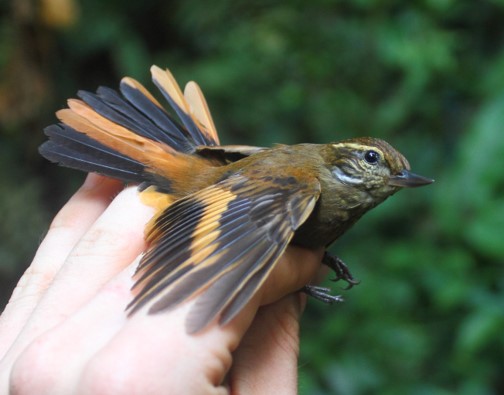
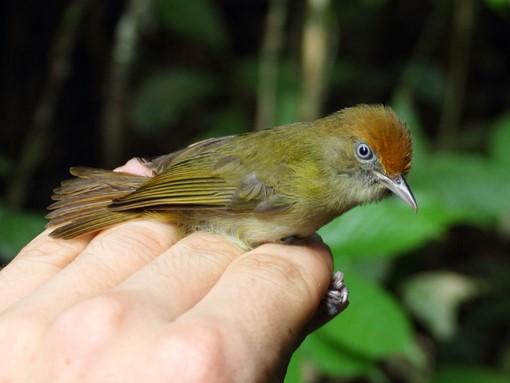
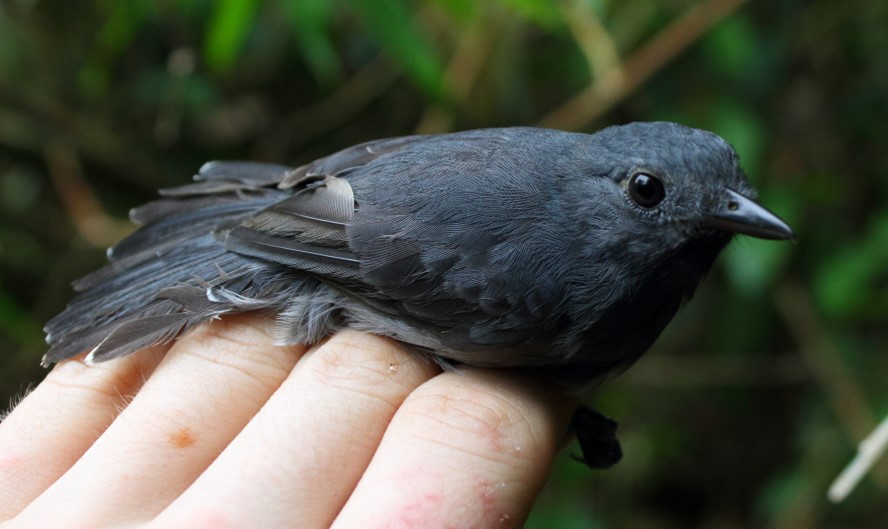
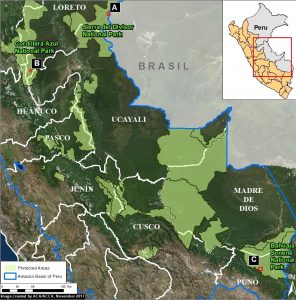
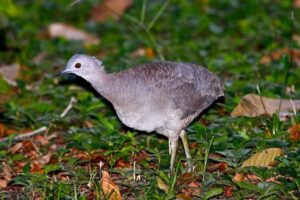 Any passionate birdwatcher or avian researcher knows that a forest with a diverse array of habitats is a likely treasure trove of brilliant, rare and charismatic avifauna. The Los Amigos Biological Station and reserve managed by Amazon Conservation in southeast Peru is just such a place. Situated in two floodplains, with terra firme, bamboo and palm swamp habitats, Los Amigos is home to almost 600 bird species, almost a third of the total number of birds registered in Peru!
Any passionate birdwatcher or avian researcher knows that a forest with a diverse array of habitats is a likely treasure trove of brilliant, rare and charismatic avifauna. The Los Amigos Biological Station and reserve managed by Amazon Conservation in southeast Peru is just such a place. Situated in two floodplains, with terra firme, bamboo and palm swamp habitats, Los Amigos is home to almost 600 bird species, almost a third of the total number of birds registered in Peru!